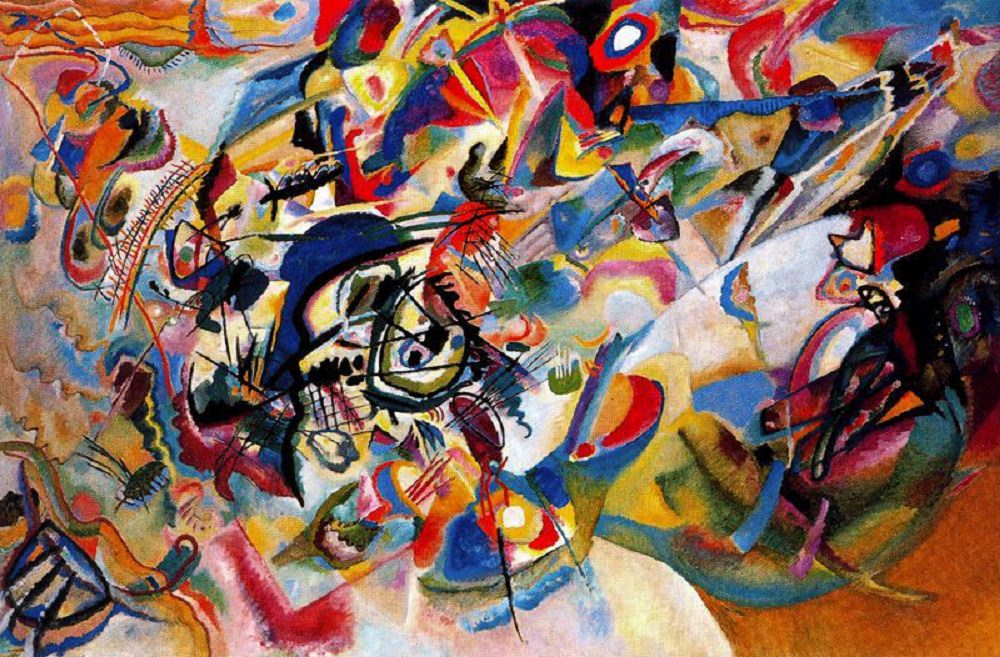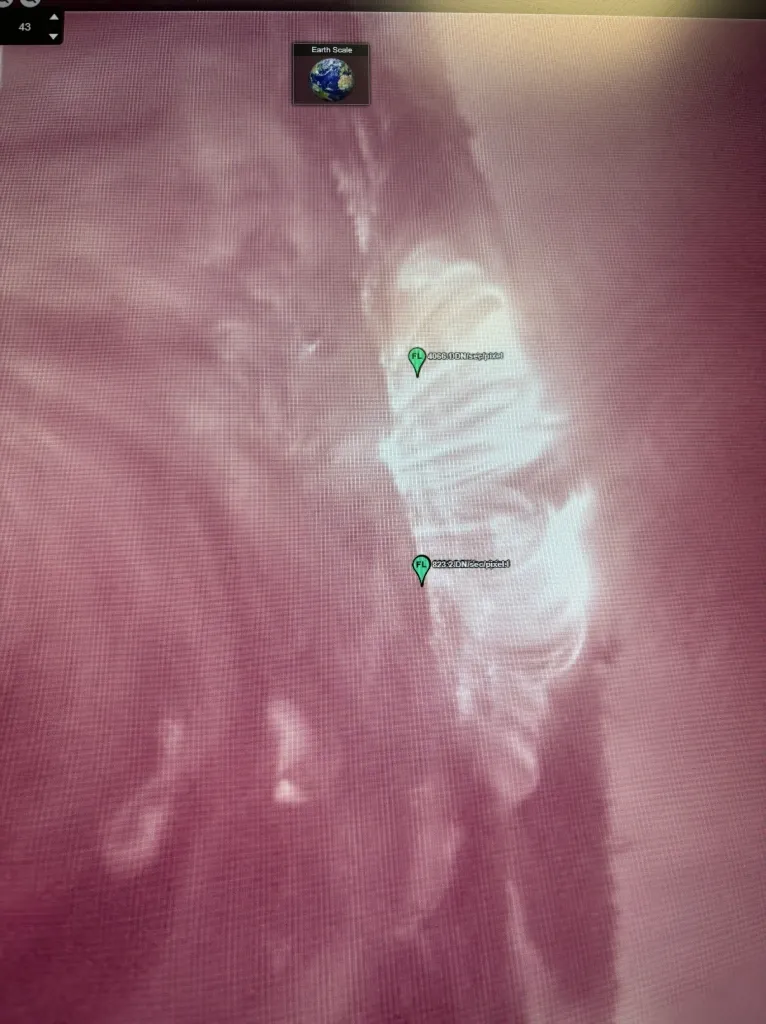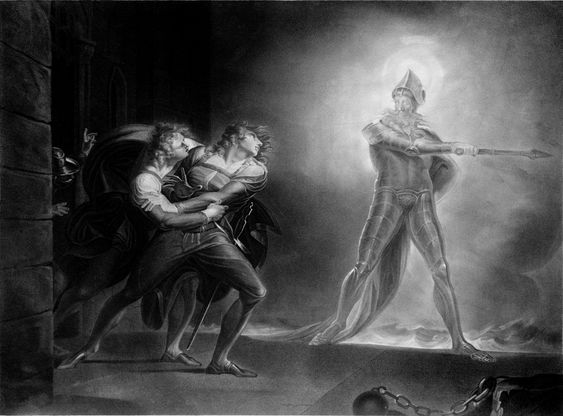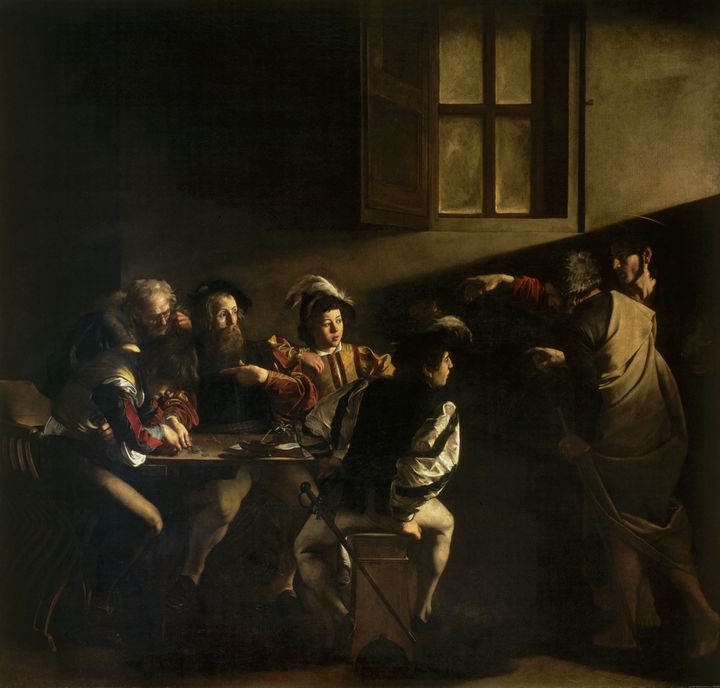Solar Flares and the Science of Fulfilment
"... True authenticity and fulfillment arise when our behavior and choices align with our core beliefs and identity."

📩 If you have any questions, comments, or suggestions - please contact Daniel Keane on Tela:
https://tela.app/id/daniel_keane/7769b2
🤝 Add Daniel Keane on LinkedIn:
https://www.linkedin.com/in/danielckeane/
🌎 How to join Tela Network:
tela.network/join
This summer, while my colleagues basked in the record-breaking European heatwave, I immersed myself in the cool confines of the university library. Fresh from a lab project, I had secured funding to study "Hot Flows in Post-Flare Loops of X-Class Solar Flares". Despite the intricate technicalities, the experience was deeply satisfying. Yet, a nagging sense that something was missing persisted.
In my quest for clarity, I stumbled upon the concept of Ego Alignment, which struck a chord. Ego Alignment refers to a balance between one’s actions, values, and sense of self. It suggests that true authenticity and fulfillment arise when our behavior and choices align with our core beliefs and identity. Reflecting on my journey, I realized that my personal values and ambitions needed to be more closely aligned with my scientific work—particularly my deep-seated belief in the importance of personal autonomy.
Curt Mecadante outlines four stages of Ego Alignment (source). Here’s how my experience aligns with these stages:
Phase One: Unconscious Victimhood
Initially, I was unaware of the clash between my strong desire for autonomy and the inherently collaborative nature of academic research. My sense of dissatisfaction grew, especially as I struggled to keep pace with leading experts in solar flare research while still an undergraduate. My focus was on the technical aspects of ‘Post-Flare Loops’: studying how material that condenses from the Sun’s corona becomes magnetically confined in these loops and cools significantly more than the surrounding corona. It wasn’t until later that I recognized the underlying conflict between my personal values and the collaborative demands of academia.
Phase Two: Conscious Victimhood
As I delved deeper into my research, I became aware of the tension between my independent streak and the necessity for collaboration. I discovered the need for support from various experts, whether for troubleshooting satellite equipment or resolving coding issues. This awareness emerged as I faced challenges, such as addressing unexpected parabolic dips in my data due to variations caused by daily cycles (which I initially mistook for errors) and navigating the subtleties of team-based research. Despite significant funding and a growing realization of these issues, I struggled with the lack of autonomy, leaving me feeling like an imposter.
Phase Three: Conscious Alignment
Upon discovering Ego Alignment, I began actively working to resolve this conflict. I sought to harmonize my need for autonomy with the collaborative reality of research. I started seeking help more proactively, without waiting for my supervisor’s prompts. For instance, when I identified a miscalibration in the EVE instrument on the Solar Dynamics Observatory satellite. I adopted a more mindful approach to aligning my actions with my scientific goals. This proactive adjustment was a significant step towards reconciling my values with my work.
Phase Four: Unconscious Alignment
I am still progressing towards this stage. While I often grapple with feelings of imposter syndrome among established academics and still need to overcome my pride when seeking assistance, I am making strides. My ongoing efforts, including writing this blog post, reflect my journey towards a deeper sense of fulfillment and alignment. The project, funded by the University of Glasgow’s School of Physics and Astronomy and the Royal Astronomical Society continues to be a source of fascination and growth as I explore whether the fast flows seen in active solar region loops are also present in post-flare loops.
You may find yourself grappling with conflicts between your values and professional expectations. I encourage you to recognise that the journey towards Ego Alignment is long and challenging, but it ultimately leads to a greater sense of profound academic achievement. Research often follows a winding path, with goals obscured by broken code and faulty equipment. By aligning your personal values with your research, the path becomes clearer, and you may discover the fulfillment you seek.

The image shows the ‘Post-Flare Loops’ that I am investigating, specifically the loops following the X1.63 flare on August 5, 2023. The material that condenses out of the Sun’s corona and flows down the loops to the Sun’s surface becomes magnetically confined by these loops. This isolation allows the material to cool down much further than the material in the hot corona.
Daniel Keane is a penultimate year Physics with Astrophysics MSci student at the University of Glasgow.
📩 Contact Daniel Keane:
https://tela.app/id/daniel_keane/7769b2
This article was originally published on 'Keane's Corner' in July 2024. (source)
📩 If you have any questions about Tela Network - please contact Guillermo Pablos Murphy:
tela.app/id/guillermo_pablos_murphy/621afa
🚀 Book a paid consultation @ Tela Consulting:
http://telaconsulting.pro
☕️ Subscribe to the Tela Network Podcast:
youtube.com/@TelaNetworkPodcast
☕️ Follow Tela Network on LinkedIn:
linkedin.com/company/tela-network
☕️ Follow Tela Network on Twitter:
twitter.com/tela_updates
🔔 Join the Tela Social channel on Telegram to get every new update:
t.me/tela_social
📸 Follow Tela Network on Instagram:
instagram.com/tela_updates
💹 Invest in Tela:
tela.network/invest


